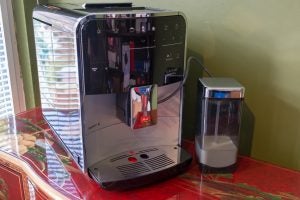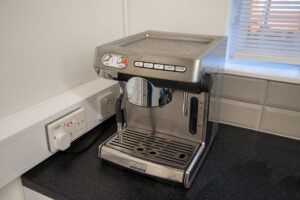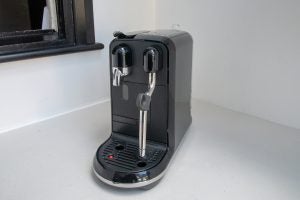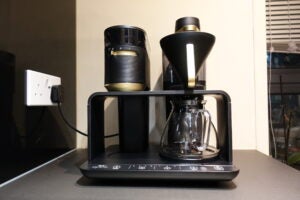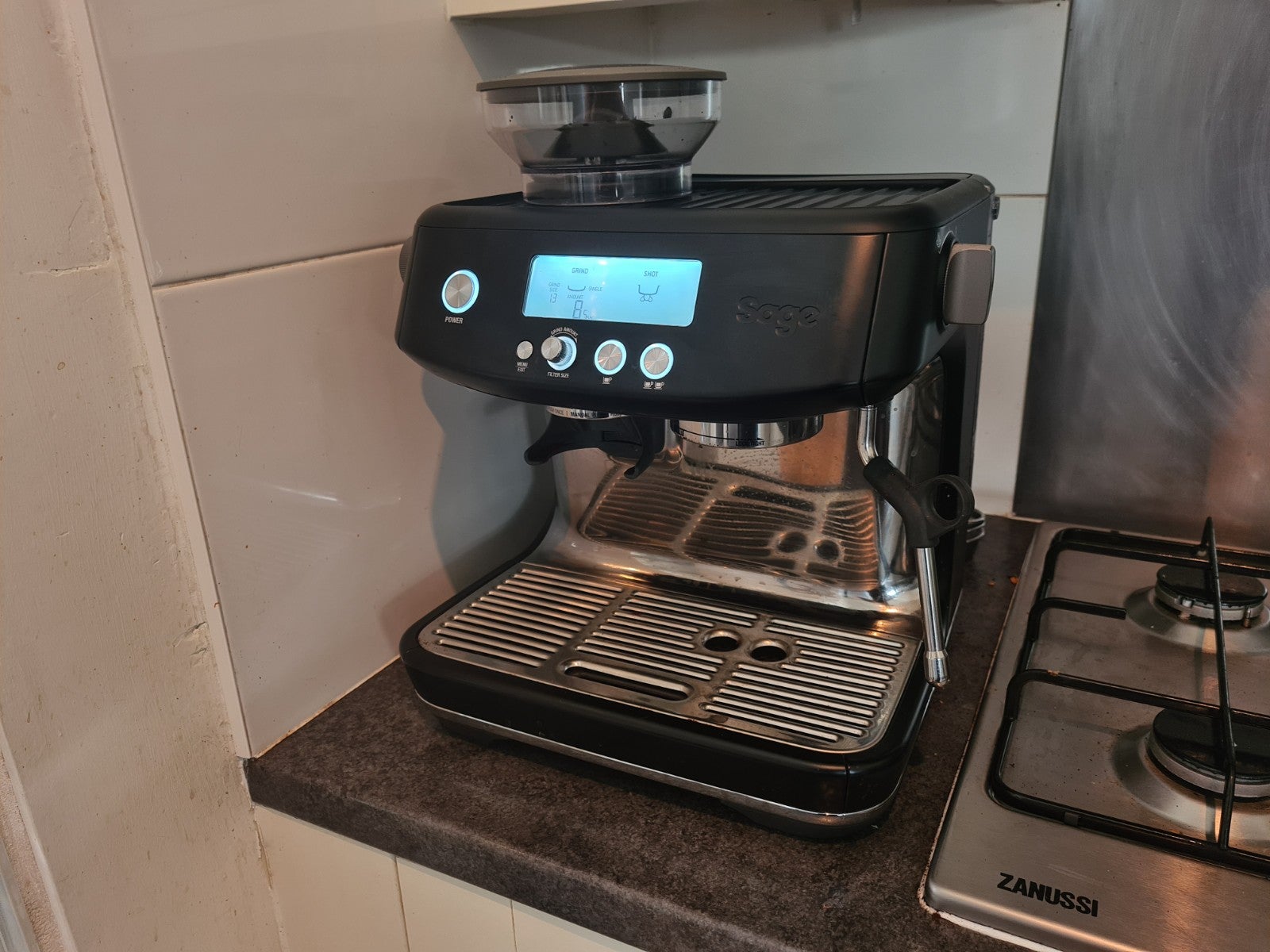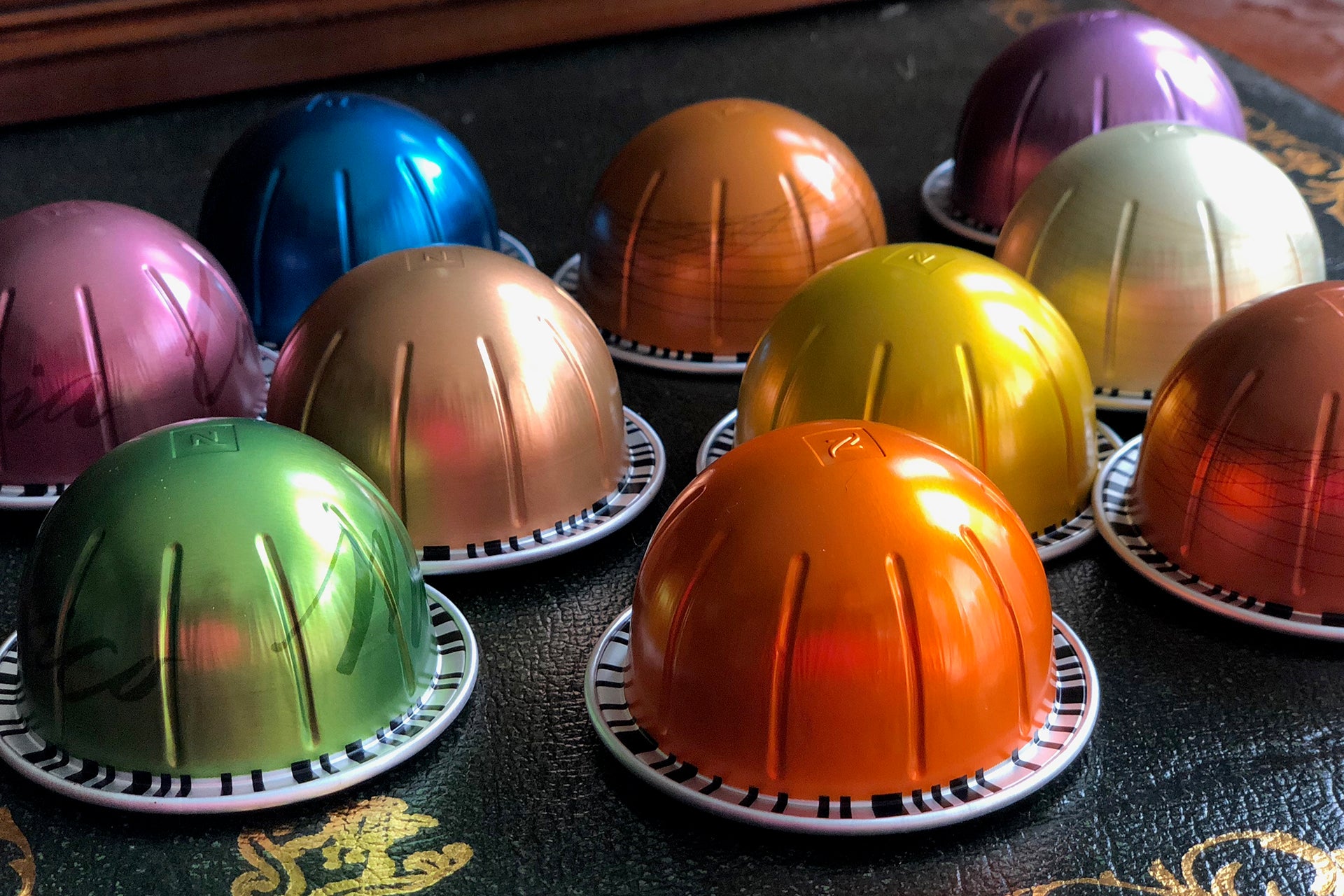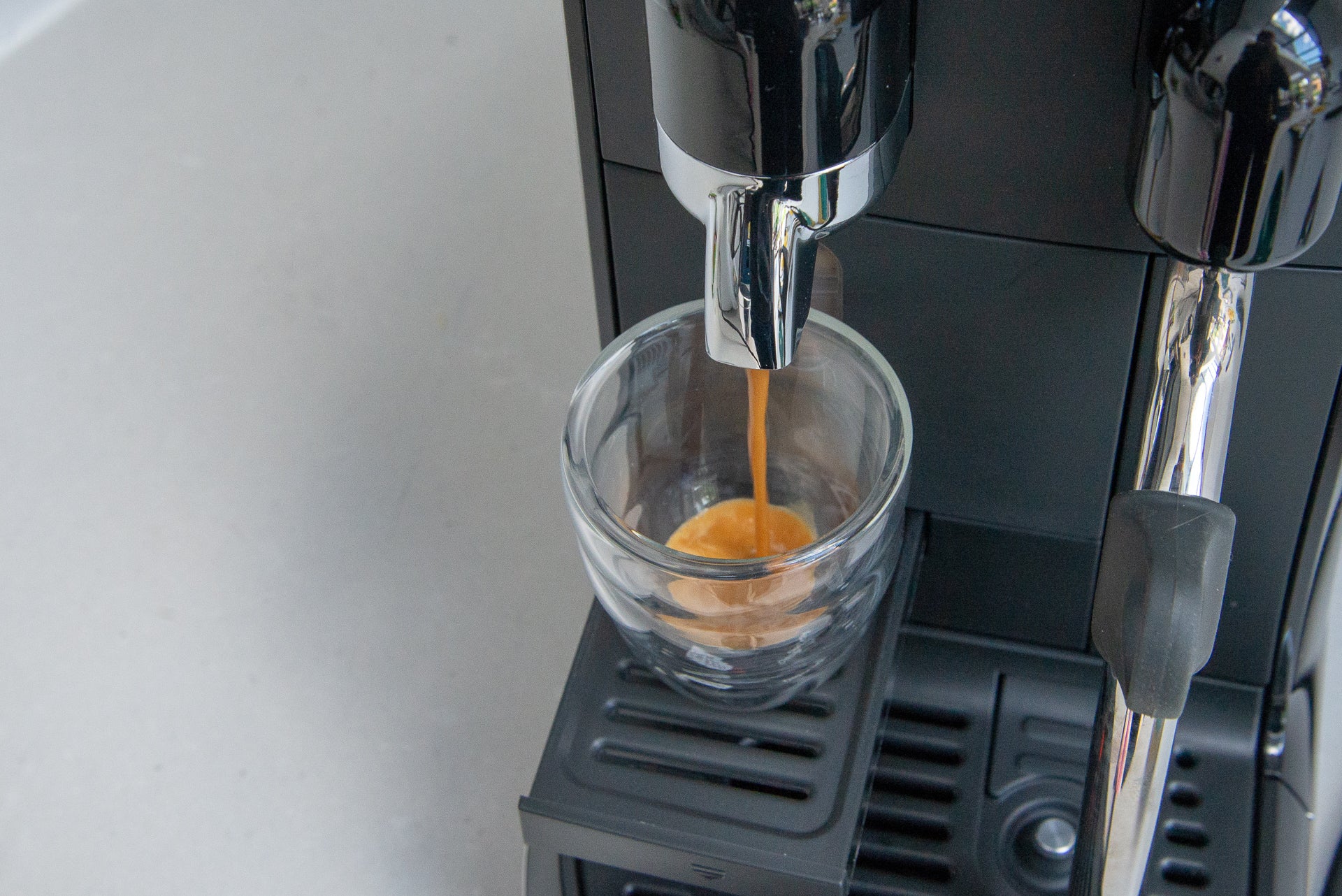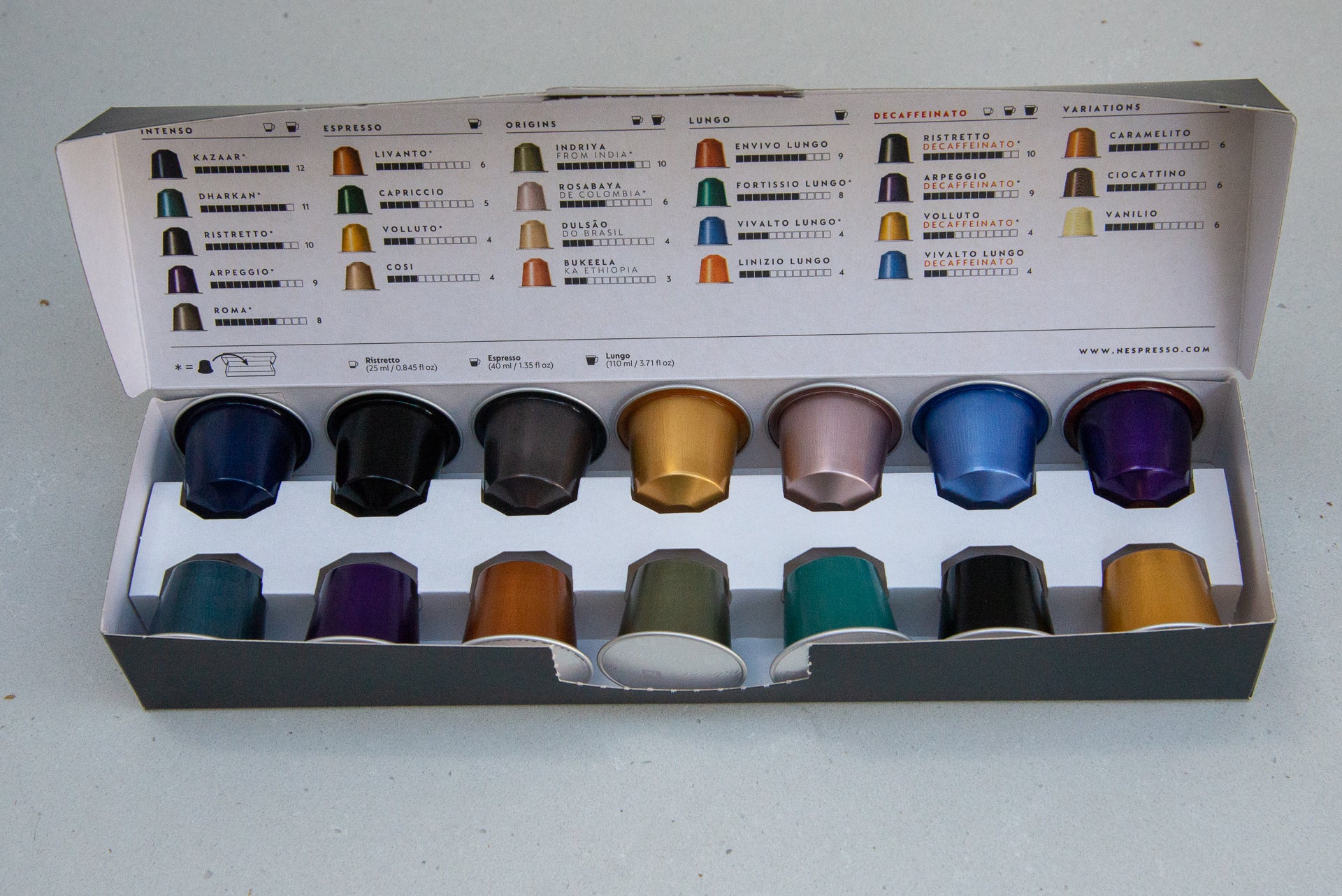Best coffee machine 2024: Espresso, bean-to-cup, filter and pod
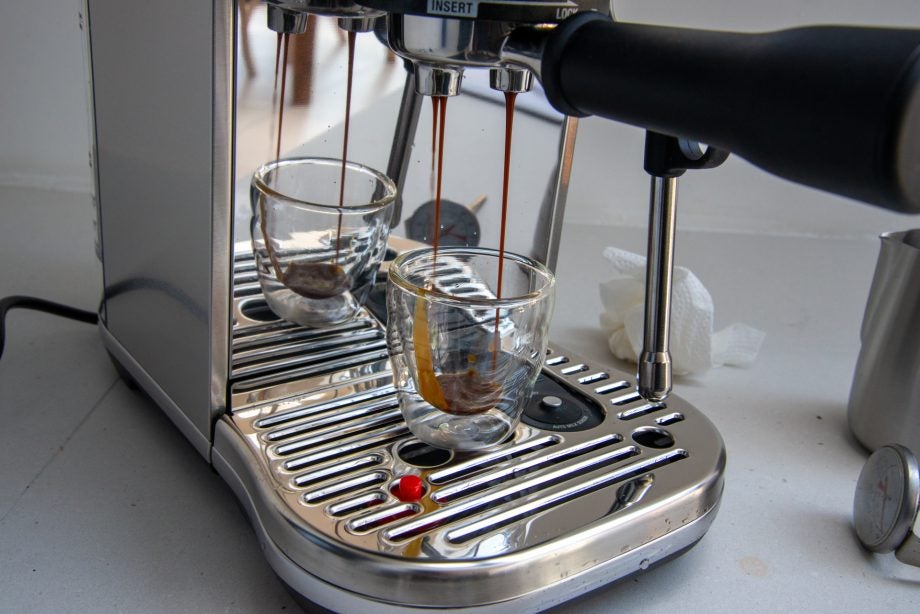
Coffee should be thought of in the same way as wine. Actually, it should be thought of as a more complex drink than wine. Not only does coffee have a huge variety in terms of flavours, how it’s brewed and how it’s mixed with milk (or not) also have a massive impact on the final taste.
All of that is great news for getting a brilliant range of drinks, but it does also make life slightly more complicated when it comes to choosing the right kind of coffee machine. That’s where we come in. Having reviewed practically every type of coffee machine, we know what’s good and what’s not. And, we love our coffee, even roasting our own beans at home, so you can trust our recommendations.
The main choice you need to make is the type of machine you want. A pod machine is the easiest way to make coffee, although coffee is more expensive and the overall flexibility is reduced. Here, we’ve listed our top choices, but check our our guides to the best pod coffee machines and best Nespresso machines for a wider selection.
Then, there are ‘proper’ coffee machines that work with roasted beans (or at least ground beans). A manual espresso machine gives you the most flexibility and lets you make espresso just like they do in a coffee shop. These ones do need a bit of skill to use them properly.
A bean-to-cup machine is a good compromise: proper espresso, only a machine does all the hard work grinding, tamping and pouring. Bean-to-cup machines can be expensive and the results aren’t quite as good as for a manual maachine.
Finally, filter coffee is the traditional pour-over style. This gives a smoother cup of coffee and is well suited to those that like a pot on the go and prefer black coffee.
Best coffee machines at a glance
- Best bean-to-cup coffee machine: Melitta Caffeo Barista TS Smart – check price
- Best budget bean-to-cup coffee machine: Beko Bean To Cup Coffee Machine with Steam Wand CEG5311 – check price
- Best midrange bean-to-cup coffee machine: Melitta Latte Select – check price
- Best manual espresso machine: WPM KD-270S – check price
- Best manual espresso machine for convinience: Breville Barista Max+ – check price
- Best small manual espresso machine: KitchenAid Artisan Espresso Machine – check price
- Best pod coffee machine: Sage Nespresso Creatista Uno – check price
- Best pod coffee machine for long drinks: Nespresso Vertuo Next – check price
- Best filter coffee machine: Melitta EPOS – check price
- Best filter coffee machine for convenience: Melitta AromaFresh Grind and Brew – check price
- Best coffee accessory: Nespresso Barista – check price
FAQs
We put all of our coffee machines through the same set of tests, so that we can tell the good ones from the bad ones. For those that take coffee beans (or ground coffee), we use our own home-roasted variety; pod machines are tested with a variety of the manufacturer’s capsules.
We test milk frothing, coffee temperature and how easy each machine is to use. Find our more in our guide to how we test coffee machines.
- Excellent coffee
- App makes programming the machine easy
- Excellent milk frothing
- Lots of drink recipes
- Drip tray tricky to empty
- Occasionally reports an empty bean container too early
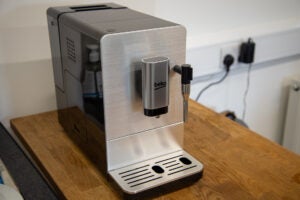 The best budget bean-to-cup coffee machine
The best budget bean-to-cup coffee machine
- Compact
- Easy to use
- Great results for the price
- Steamer wand is fiddly to use
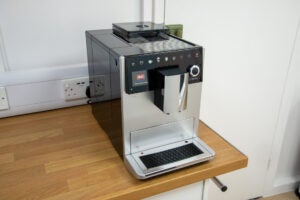 The best mid-range bean-to-cup machine
The best mid-range bean-to-cup machine
- Dual bean hopper
- Simple to use
- Programmable user profiles
- Manual selector
- Relatively expensive
- Exceptional coffee
- Excellent milk steaming
- Easy to use
- Well priced for the features
- Advanced settings a little fiddly to change
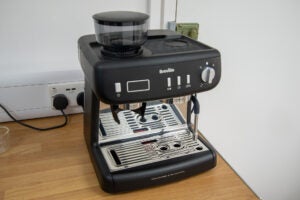 The best manual espresso machine for convenience
The best manual espresso machine for convenience
- Great espresso
- Good price
- Integrated grinder
- Separate steam switch would improve control
- Easy to use
- Semi-automated features
- Professional-style kit
- Pricey
- Can be messy
- Great looks
- Easy to use
- High-quality automatic milk frothing
- Small used capsule container
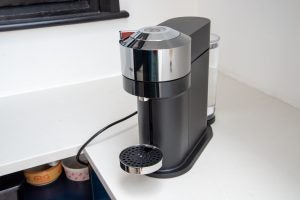 The best pod coffee machine for long drinks
The best pod coffee machine for long drinks
- Simple to use
- Delivers excellent mug fulls of coffee
- Excellent choice of pods
- Slightly fiddly to close the lid
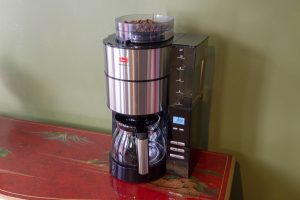 The best filter coffee machine for convenience
The best filter coffee machine for convenience
- Easy to use
- Makes great coffee
- Timer option
- Can’t control amount of water used
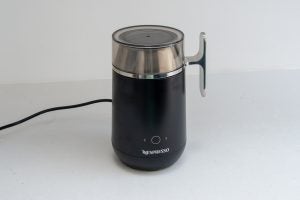 The best coffee accessory
The best coffee accessory
- Great choice of recipes
- Simple operation
- Produces some stunning drinks
- Doesn’t need a Nespresso machine
- Little control over volume
- Whisk attachment makes pouring fiddly
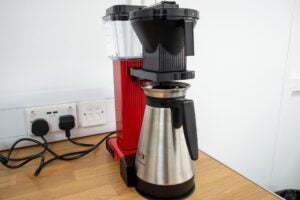 The best filter coffee machine for simplicity
The best filter coffee machine for simplicity
- Excellent coffee quality
- Very simple to use
- Easy to clean
- Some parts feel a bit cheap
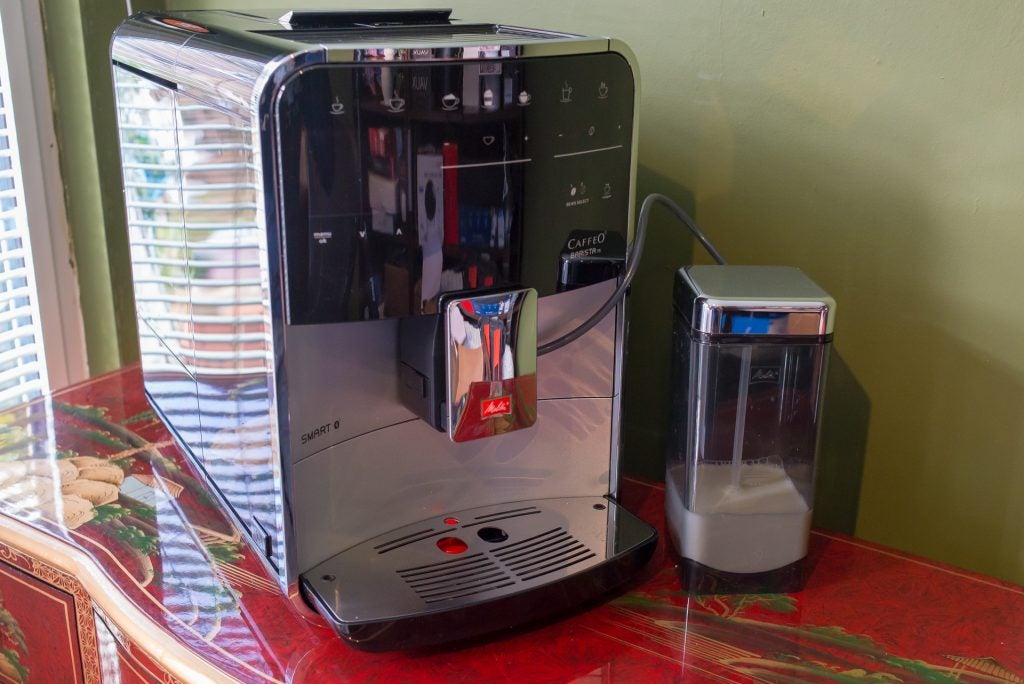
Melitta Caffeo Barista TS Smart
The best bean-to-cup coffee machine
Pros
- Excellent coffee
- App makes programming the machine easy
- Excellent milk frothing
- Lots of drink recipes
Cons
- Drip tray tricky to empty
- Occasionally reports an empty bean container too early
The Melitta Barista TS Smart is a top bean-to-cup coffee machine, capable of producing high-quality drinks – from spot-on espresso to enticing cappuccinos and lattes – all at the touch of a button. This machine has 10 user profiles, so everyone in your house can customise their favourite recipes. The “smart” part of the name refers to the Bluetooth app, which makes it easy to program your favourite drinks using your phone.
This machine has dual bean hoppers on top, so you can have different varieties for different drinks, or give two people in your home their favourite beans. This is a feature that we’ve only seen replicated on much more expensive machines.
What’s really important is that this coffee machine can produce excellent espresso that’s pretty much as good as you can get from a manual espresso machine. And, it’s rather good at steaming milk, too, producing excellent cappuccinos and lattes. If you want a huge variety of drinks but you don’t really want to have to do the job yourself, this is the bean-to-cup machine for you.
Full review: Melitta Caffeo Barista TS Smart review
Reviewer: David Ludlow
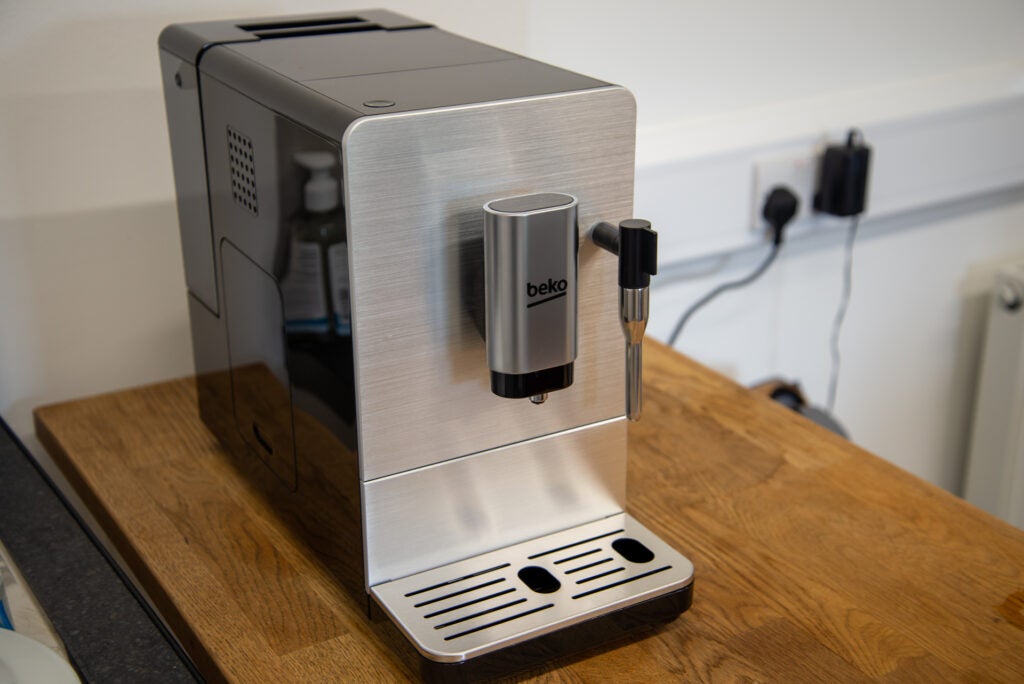
Beko Bean To Cup Coffee Machine with Steam Wand CEG5311
The best budget bean-to-cup coffee machine
Pros
- Compact
- Easy to use
- Great results for the price
Cons
- Steamer wand is fiddly to use
Who says that bean-to-cup coffee machines have to be so expensive? The Beko Bean To Cup Coffee Machine with Steam Wand CEG5311 turns that idea on its head, with a well-priced coffee machine. Not only will it save your bank balance, but this coffee machine can save counter space as it’s barely any larger than an espresso machine.
Fill up the bean hopper on top, then tap a button and you’ve got fresh espresso waiting for you. It’s true that the level of this adjustment isn’t as good as on more expensive machines, and my test coffee lost a little of its subtlety, but for the price I’m not complaining.
If you do want milk, there’s a steam wand that you can use with a jug. It takes a bit of practice to properly froth the milk, but the effort is worth it. Besides, you have to spend a lot of money to find a bean-to-cup coffee machine that’s capable of dispensing automatic milk well.
If you’re a bit tight on budget but want an automated machine, this smart little budget coffee machine does the job for you.
Full review: Beko Bean To Cup Coffee Machine with Steam Wand CEG5311
Reviewer: David Ludlow
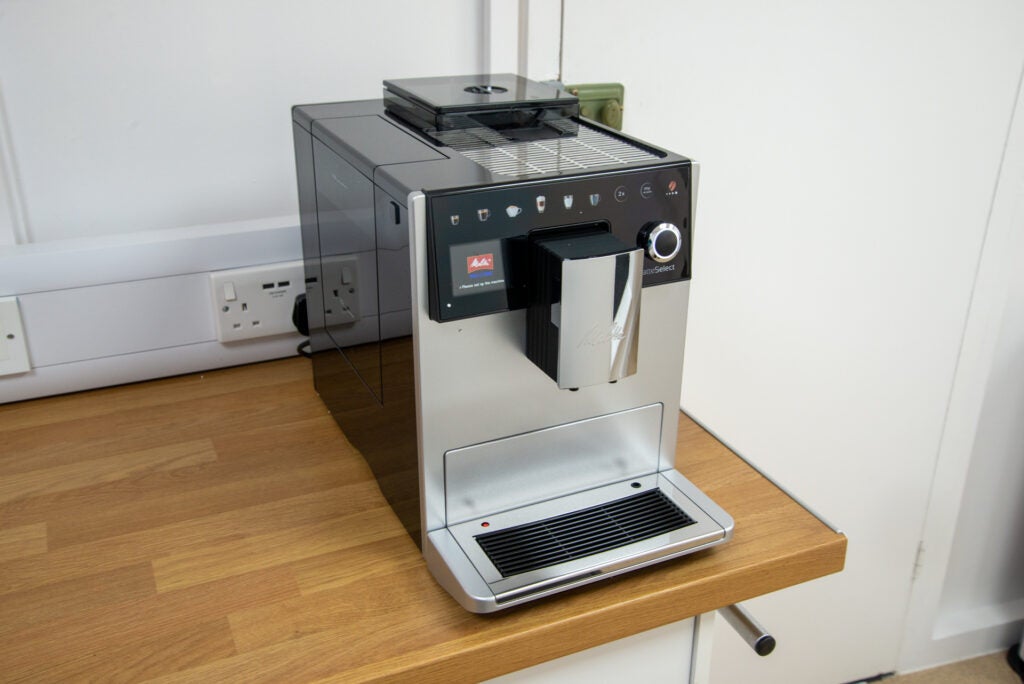
Melitta Latte Select
The best mid-range bean-to-cup machine
Pros
- Dual bean hopper
- Simple to use
- Programmable user profiles
Cons
- Manual selector
- Relatively expensive
Cheaper than the Melitta Caffeo Barista TS Smart, the Latte Select offers similar features for less money. Here, the bean-to-cup machine has a dual hopper, so you can run it with two kinds of beans. However, there’s a manual selector here, where as the TS Smart has an automatic one. Provided you remember to select the right beans that shouldn’t be an issue, and the Latte Select offers more choice of coffee than a traditional bean-to-cup machine, which only takes one kind of bean.
A simple touch interface makes it simple to chose the type of drink you want, from cappuccino to espresso. With a 2X button, you can even make two drinks at once. Melitta lets you override the default settings, including coffee and milk volumes, so the Latte Select can be programmed to perfectly fit your cups. The interface, controlled via a rotary dial, is a little fiddly to navigate.
Espresso poured brilliantly with our home-roasted beans. A good crema with a nice oily finish was good to see, and the bold acidity of our test beans shone through. It’s hard to find a bean-to-cup machine that would do better.
Automatic milk frothing is good, too. Tightly packed foam in our test cappuccino was good to see. A manual machine gives you more control, but if you want convenience, you’ll be pleased with the results here.
If you want an excellent range of drinks at your fingertips, this machine provides them at a great price.
Full review: Melitta Latte Select review
Reviewer: David Ludlow
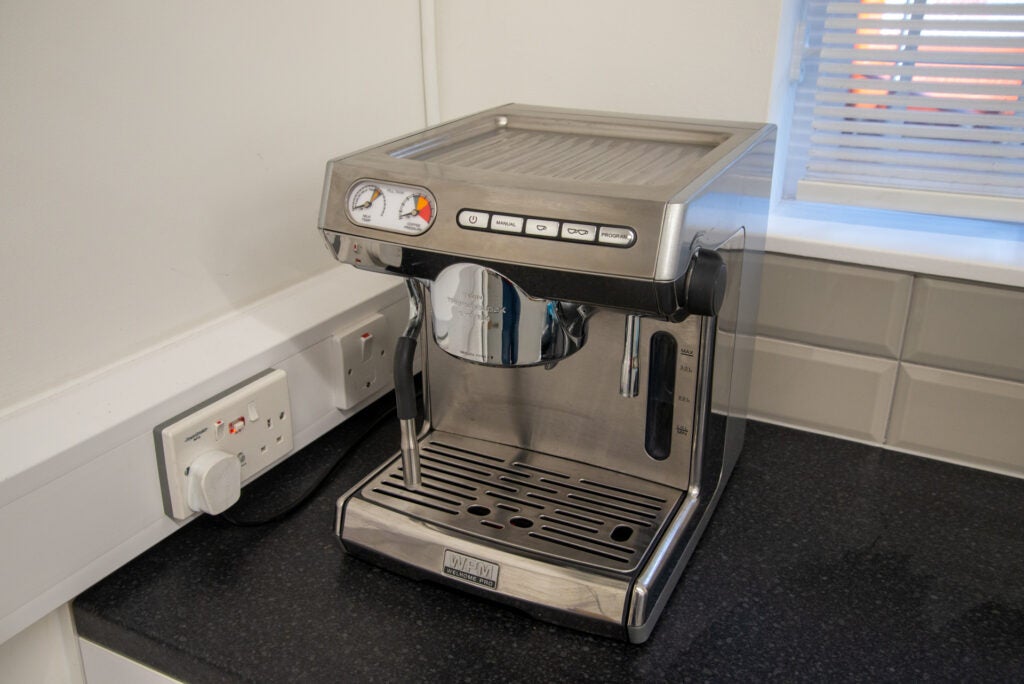
WPM KD-270S
The best manual espresso machine
Pros
- Exceptional coffee
- Excellent milk steaming
- Easy to use
- Easy to use
Cons
- Advanced settings a little fiddly to change
If you want to create the same kind of coffee that you get in a quality independent coffee shop, the WPM KD-270S is for you. This dual-boiler machine (well, twin thermoblock) heats up fast and can steam at the same time as it pours a shot of espresso.
Pouring a perfect shot of espresso, provided you pair it with a decent grinder, this is the best manual coffee machine that we’ve tested. Milk frothing is superb, too.
You get full control over infusion and temperature, although the controls are a little bit fiddly to use. Still, get the manual out and carefully make changes and you won’t have problems.
A machine for the more high-end user, this is a great choice if you want the absolutely best coffee.
Full review: WPM KD-270S review
Author: David Ludlow
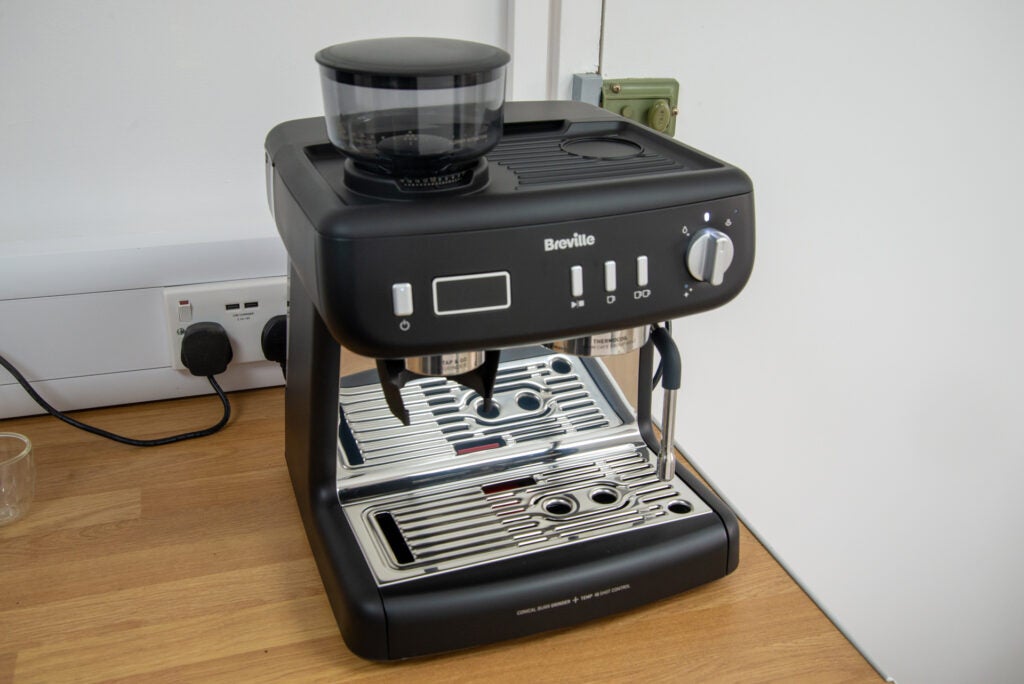
Breville Barista Max+
The best manual espresso machine for convenience
Pros
- Great espresso
- Good price
- Integrated grinder
Cons
- Separate steam switch would improve control
The Breville Barista Max+ VCF152 is a great coffee machine, either as a first purchase for someone keen to make coffee the proper way, or as a step up from a pod or cheap espresso machine. It’s easy to use and capable of very good results, and has its own grinder built in.
The controls are simple to follow. There’s a dial that sets the machine to hot water or starts dispensing steam. In hot water mode, there are three buttons to choose from: manual control, single shot and double shot. The latter two are programmed at 30ml and 60ml dispense volumes by default, but you can press and hold the buttons for your desired volume.
The machine’s display shows a live count in seconds to help you pour the right amount of coffee. A 2.9-litre tank at the rear – which can accept a filter – ensures there will be plenty of water to make lots of coffee without having to refill it often. There’s also a wand for steaming milk.
It took us a few attempts to achieve the right grind and tamp for a double-shot of espresso, but that’s normal. With the right combination, the espresso poured well: like honey running through the group handle, finishing up with a thick, oily-looking crema on top that lasted a few minutes. The shot of espresso preserved the coffee’s acidity and hint of bitterness, while still being smooth. You have to spend a lot more to get better results.
Full review: Breville Barista Max+ review
Reviewer: David Ludlow
KitchenAid Artisan Espresso Machine
The best small manual espresso machine
Pros
- Easy to use
- Semi-automated features
- Professional-style kit
Cons
If you’re short on counter space but want the flexibility to make your own espresso manually (dare we say, properly), then the KitchenAid Artisan Espresso Machine is the machine for you.
A stylish model, this is one of the smallest espresso machines that we have reviewed. As with the company’s mixers, the KitchenAid Artisan Espresso Machine is available in five colours.
Function hasn’t been replaced by style: there’s a cup warmer, a generous 1.4-litre tank of water, and just four buttons: one for toggling between coffee, steam and hot water; one for selecting one shot or two; one for descaling; and one to start the selected mode.
Single- and double-walled filter baskets are in the box. Single-walled are for coffee you’ve ground yourself; double-walled are for pre-ground coffee and help keep the right level of pressure. Both single- and double-espressos are catered for in both formats.
Coffee quality is excellent and we got a nice thick crema, with the coffee pouring like hot honey. We love the way that the amount of coffee can be programmed, so you get consistent results each time. Steaming milk is straight forward, although you will probably need some practice to get the best results.
If you want quality manual espresso at a great price, then the KitchenAid Artisan Espresso Machine delivers that.
Full review: KitchenAid Artisan Espresso Machine review
Reviewer: Rachel Ogden
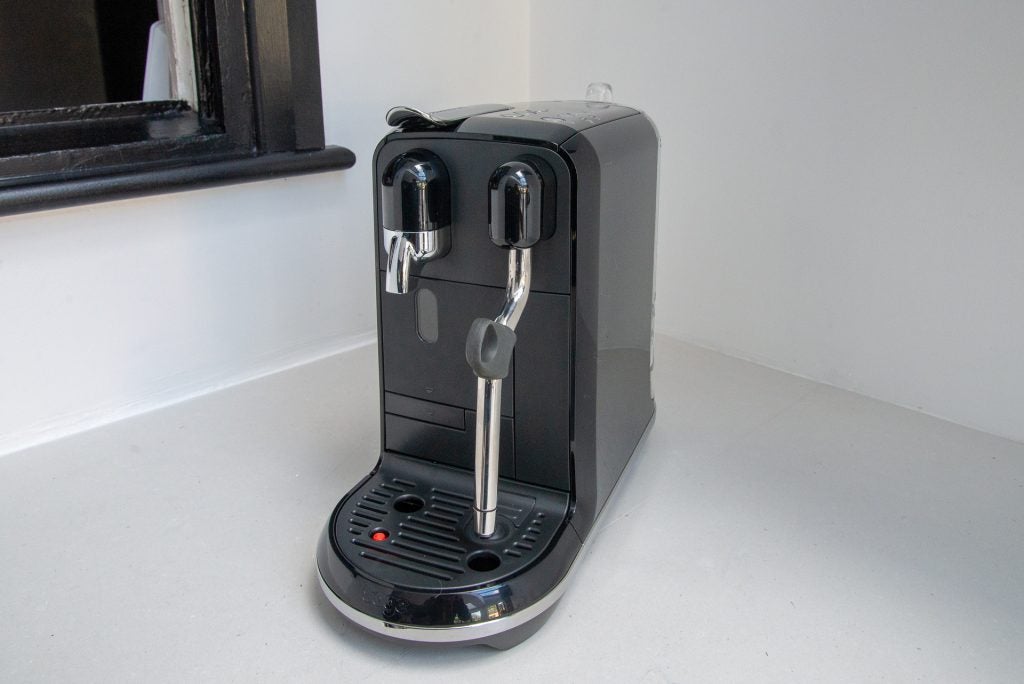
Sage Nespresso Creatista Uno
The best pod coffee machine
Pros
- Great looks
- Easy to use
- High-quality automatic milk frothing
Cons
- Small used capsule container
Pod machines are built for ease, not necessarily artistic ability. The Sage Nespresso Creatista Uno changes that, with a machine that gives you the ease that you’d expect from a pod machine, but the ability to free-pour milk to make your own creations like a professional barista. Taking a standard milk jug, the Creatista Uno can steam milk automatically; the pouring is up to you.
High-quality espresso comes at the touch of the button, with this model supporting Nespresso’s ristretto, espresso and lungo settings. Best of all, the coffee machine is excellent value and won’t take up much room on your worktop.
Full review: Sage Nespresso Creatista Uno review
Reviewer: David Ludlow
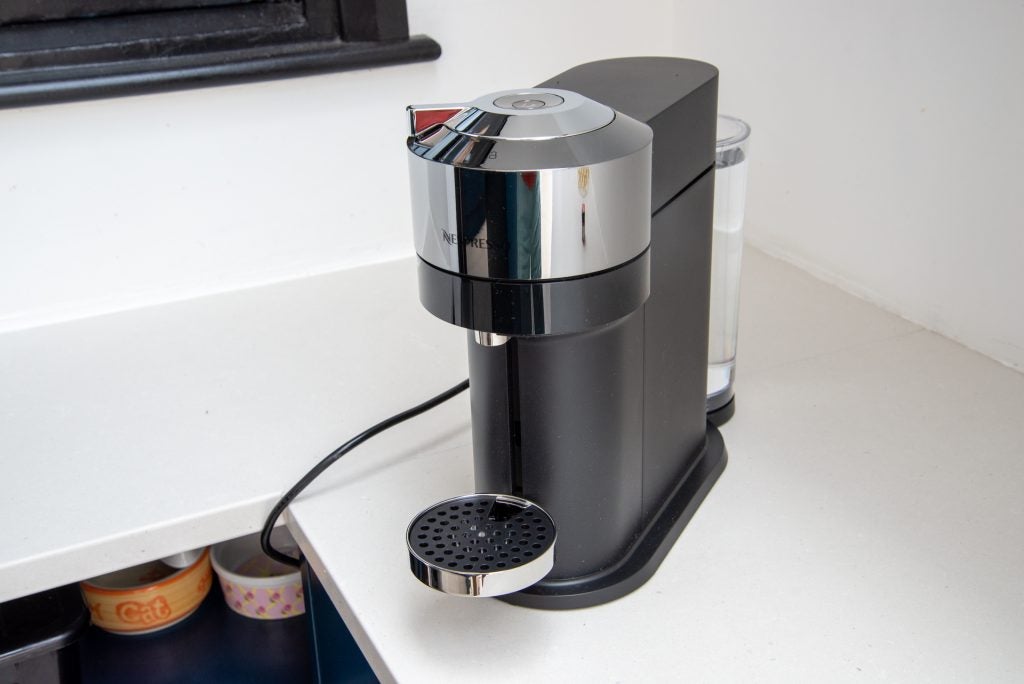
Nespresso Vertuo Next
The best pod coffee machine for long drinks
Pros
- Simple to use
- Delivers excellent mug fulls of coffee
- Excellent choice of pods
Cons
- Slightly fiddly to close the lid
The Nespresso Vertuo system uses larger capsules capable of delivering a longer drink of coffee, right up to a mug full. The first machine was excellent, and now the Nespresso Vertuo Next refines the system. This new coffee machine is neater looking and better built, although you lose the old motorised lid and now have a manual lock instead: make sure it’s properly locked shut or the machine won’t work.
There’s a single button to operate: tap this and the barcode on the coffee pod is read to deliver the right volume of coffee (from 40ml espresso up to 440ml, although 230ml is the most common). There’s a huge choice of Vertuo pods to choose from, including single-origin coffee and flavoured ones.
Nespresso uses a centrifugal brewing system that creates a luxurious and thick crema, with a smooth drink of coffee. It’s quite incredible and has become one of our favourite styles of coffee. There’s no milk option here, but you can but a separate milk frother if you want one. For those that love quality coffee to fill a mug, this is the best way to get it.
Full review: Nespresso Vertuo Next review
Reviewer: David Ludlow
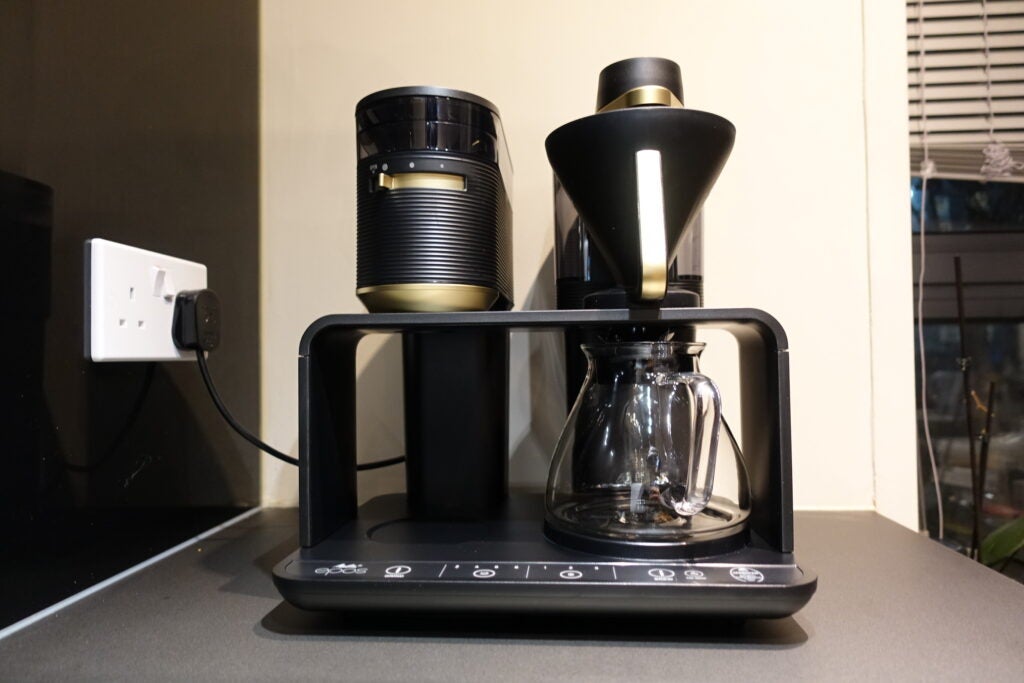
Melitta EPOS
The best filter coffee machine
Pros
- Enhances flavour
- Easy to fill
- Advanced customisation
Cons
- Pricey
- Small capacity
- No timer
Gorgeous to look at and extremely powerful, the Melitta EPOS is an incredible bit of engineering and a brilliant filter machine for those that want the best quality coffee. The EPOS consists of two parts: the burr grinder on the left, which dispenses into the filter; and the automated pour-over that filters into the carafe.
Cleverly, the machine will grind the right amount of beans based on the number of cups you select to brew; however, you have to manually remember to fill the water to the right line manually, as the EPOS will empty the tank regardless of the setting you choose.
There’s a 1-litre water tank, which is a little small compared to many filter machines; however, what the EPOS lacks in quantity it makes up for in brew quality. There are three strength settings and a pre-brew option, letting you get the best out of any type of bean. The results were excellent, with the EPOS producing the best filter coffee of any machine that we’ve tested. If filter coffee is your drink of choice, this is the machine to get you the best-tasting coffee.
Full review: Melitta EPOS review
Author: Helen Harjak
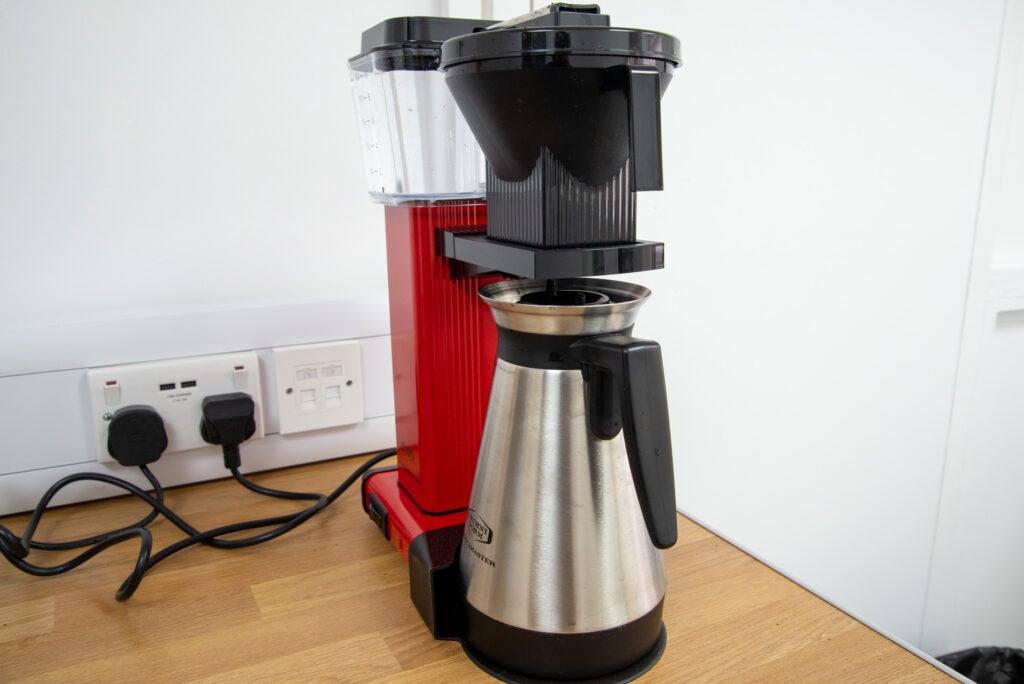
Moccamaster KBGT
The best filter coffee machine for simplicity
Pros
- Excellent coffee quality
- Very simple to use
- Easy to clean
Cons
- Some parts feel a bit cheap
Handmade, the Moccamaster KBGT is designed to do one job: deliver perfect filter coffee time and time again. It’s rather industrial looking, and the parts don’t have the shine that rivals have, but the KBGT is a quality filter coffee machine for several key reasons.
First, everything comes apart easily. The filter basket, shower head and water tank can all be removed easily for cleaning, so this machine is easy to keep in its best condition. Secondly, it’s stupidly easy to use: put coffee into the paper filter, fill the water tank and then turn the machine on: excellent filter coffee pours out into the thermal carafe, which will keep the coffee warm for around three hours.
This machine can make 10-cups (1.25-litres) of coffee maximum, which is enough for a dinner party or just coffee-hungry families that like a brew through the day.
There are filter machines with more features, such as timers and grinders, but if you’ve got a good coffee grinder and care more about the final product than extras and looks, the Moccamaster KBGT is a solid workhorse.
Full review: Moccamaster KBGT review
Reviewer: David Ludlow
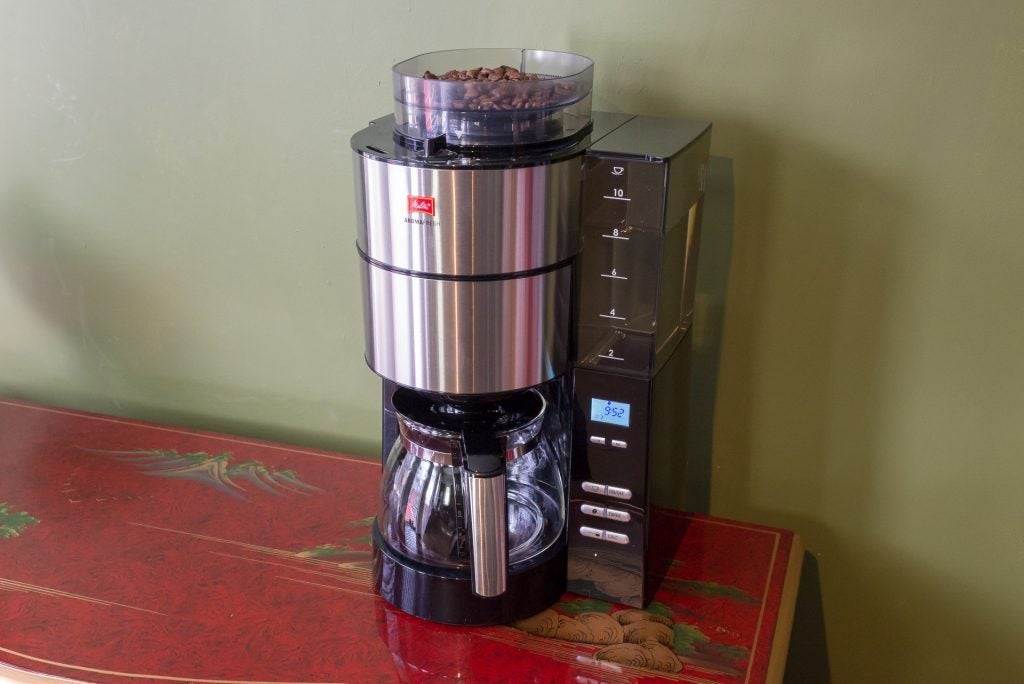
Melitta AromaFresh Grind and Brew
The best filter coffee machine for convenience
Pros
- Easy to use
- Makes great coffee
- Timer option
Cons
- Can’t control amount of water used
Filter coffee machines are best when used with freshly ground coffee, and the Melitta AromaFresh Grind and Brew makes that easy by including a grinder. While you can set the machine to deliver the right amount of coffee you need (two to 10 cups worth), you have to manually fill the right water level.
Melitta has used paper filters for the AromaFresh Grind and Brew, which is a great choice – you get a fresh one each time you make coffee. Washable filters may seem more convenient, but they can become tainted with use. Coffee quality is excellent, with the AromaFresh delivering rich and smooth coffee in large amounts.
There’s a handy timer, too, so you can set the machine to ensure your coffee is ready in the morning. For convenience and quality, the Melitta AromaFresh Grind and Brew is an excellent choice.
Full review: Melitta AromaFresh Grind and Brew review
Reviewer: David Ludlow
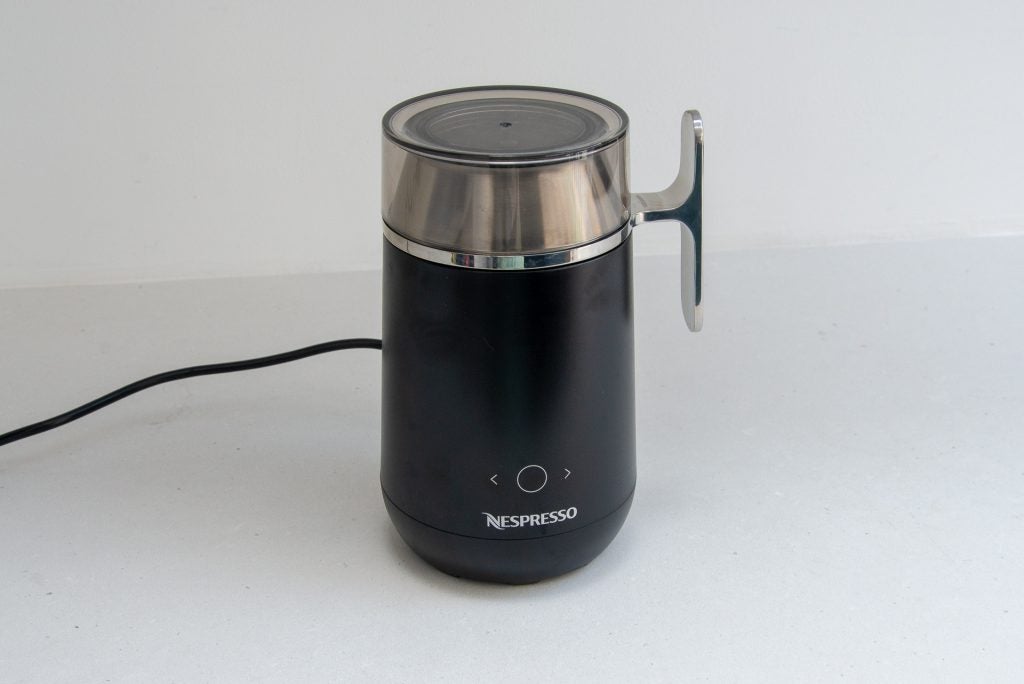
Nespresso Barista
The best coffee accessory
Pros
- Great choice of recipes
- Simple operation
- Produces some stunning drinks
- Doesn’t need a Nespresso machine
Cons
- Little control over volume
- Whisk attachment makes pouring fiddly
Not strictly a coffee machine in its own right, the Nespresso Barista is an add-on for all types of espresso machines, not just Nespresso ones. Use the touch-screen interface to select a recipe, add the ingredients, which mostly include a shot of espresso, and off you go.
The Barista then makes everything automatically for you, including delicious cold Iced Nitro espresso drinks, hot chocolate and even frothed milk. If you’re a little more adventurous, this is a great way to make some stunning drinks.
Full review: Nespresso Barista review
Reviewer: David Ludlow
We also considered…
FAQs
There are two main types of coffee machines. Filter coffee machines are the simplest, dripping hot water through ground coffee to create a large volume of drink. The resultant coffee tends to be smoother and, as you can keep a pot on the got, are great for large numbers of people or just for having coffee ready to go.
Espresso machines deliver coffee as a shot, distinctive thanks to the foamy head on top called the crema. Manual espresso machines use ground coffee (or beans you grind yourself) and require some skill to get working. They typically produce the best results, though. A bean-to-cup coffee machine does the hard work for you, griding and automatically pouring the coffee. Quality can be great, but you don’t quite get the results of a manual machine; the trade-off being that the job is much easier.
Pod or capsule machines are the easiest to use: drop in a pod and hit a button and you’re done. The downside is that the cost per cup is higher and you don’t get the same extensive range of coffees as with a machine that uses beans or ground coffee.
Using filtered water can make your coffee taste better if you’re not a particular fan of the taste of your tap water. It’s worth trying if you’ve got a filter jug to see what difference it makes. More importantly, a water filter should be installed and used where possible in a coffee machine’s water reservoir, particularly if you live in a hard water area.
Using a water filter removes the impurities from your water, which can lead to better-tasting coffee. It also helps reduce limescale build-up, which will reduce problems with your coffee machine getting clogged up and requiring descaling. You’ll still need to regularly descale your machine (check it’s manual for the full details on how to do this), as a machine that has a lot of limescale in it will struggle to pour water at the right rate, and your coffee will be ruined.
Coffee stays fresher for longer if it’s not ground. If you’re regularly using a manual espresso or filter machine, a grinder is a good addition. In particular, for a manual machine, using a coffee grinder lets you adjust the grind to suit your machine and coffee, further fine-tuning the results. The downside is that while you can use a cheaper grinder for a filter machine, you’ll need to spend a bit more to get a suitable grinder for a manual espresso machine: that’s particularly true if you have a more expensive coffee machine.
If you have an espresso machine a way of making steamed milk opens up the potential to make a wide range of drinks from cappuccinos to lattes. A steamer wand is a traditional way of making frothy milk. You hold a jug under the wand, while steam adds air to the milk, swirling it around. A steamer wand gives you more control over the process, but the downside is that it can take quite a bit of skill to get the right results.
An automatic milk frother is a good alternative, producing steamed milk. These are typically available on bean-to-cup and pod machines. The simplest option is a system that steams milk and pours it, which is great for convenience, although the final results aren’t as good as pouring milk from a jug. Some machines can froth milk in a jug, or they use an external device, such as the Nespresso Aeroccino. You don’t quite get the results of doing the job yourself, but you can free pour your final drink to get the balance of espresso and milk that you want.
If you buy a manual espresso machine, you can get single- or dual-boiler options. A dual-boiler coffee machine can produce espresso and steam milk at the same time. This cuts down on preparation time and lets you make milk drinks in the optimal time. They are a lot more expensive than single-boiler machines, where you first steam your milk, then reduce the temperature of the system to make a shot of espresso.
Nespresso capsules are the best by far. Nespresso is now available in two types. Original pods are designed to replicate the type of coffee that you get in a coffee shop. There’s a wide range of capsules available from Nespresso, although you can also choose from a growing range of third-party ‘compatible’ capsules. There’s a good reason to stick with Nespresso, though: it will recycle all of its capsules for free, either by organising a collection or by dropping old capsules into a Nespresso store.
There’s also the newer Nespresso Vertuo system, which uses large capsules. This system delivers larger mug-fulls of coffee and has a similar range of official capsules to the original system. Currently, there are no third-party options for Vertuo. All capsules are recyclable with Nespresso.
Nescafe Dolce Gusto machines are comparatively cheap, with a wide range of pods available in supermarkets. This system is a step up from instant coffee, but the reliance on powdered milk is a little disappointing.
Tassimo machines and pods are similar to Dolce Gusto, with a similar range of pod options available online or in good supermarkets. These use UHT milk capsules for some drinks.
All coffee machines require regular maintenance to keep them in the best working condition. The most important job you’ll do is descaling them, removing limescale from the innards to make sure that water flows smoothly through the machine. If you don’t descale your machine when prompted, you may find that the seize up, and water won’t pass through at the speed required to make decent coffee. Most coffee machines will warn you when it’s time to descale, based on the water hardness level that you set: the harder the water, the more often the job has to be done.
Espresso machines should also be cleaned with a cleaning tablet when prompted, which removes the oily residue from the beans. It helps keep your machine in the best working condition and ensures that you get the best taste.
If you have a steamer wand, this will need to be cleaned after every use. You can usually remove the tip to wash it in hot water to remove all milk residue. Make sure that you clean our drip trays (again, use some soapy water). For bean-to-cup machines, if they have a removable brew head, this should be removed and rinsed regularly, too.


